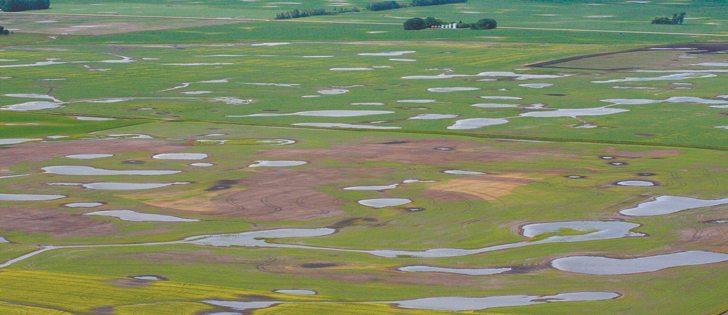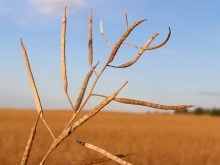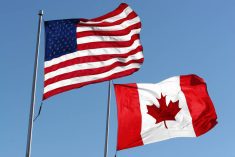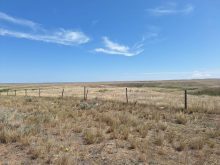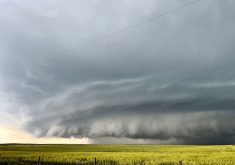Slow melt helped | ‘A number of things really went our way this year,’ says Water Security Agency
Saskatchewan’s emergency management officials say the province experienced about half the flooding they expected after record snowfall last winter.
“Looking back, we’ve been very fortunate to see a longer spring here and that the melt in the major systems came in stages,” said Water Security Agency spokesperson Patrick Boyle.
“A number of things really went our way this year.”
Officials didn’t know exactly what would happen because this was the latest spring melt in recorded history. The dry fall and prolonged melt resulted in more absorption and evaporation and less flooding.
Read Also

Huge Black Sea flax crop to provide stiff competition
Russia and Kazakhstan harvested huge flax crops and will be providing stiff competition in China and the EU.
However, areas that are currently flooding and have saturated soil still aren’t out of the woods.
Emergency management commissioner Duane McKay reminded reporters in a briefing last week that it was the heavy rain in the spring and summer of 2011 that caused widespread flooding and damage, mainly in the southeast.
“Last year we saw 30 confirmed tornadoes,” he said, referring to other emergencies that could happen.
“We are in a state of vigilance in terms of what may occur, obviously, because of our history in the last two or three years.”
Communities that prepared for flooding this spring that didn’t materialize are now starting to remove some of the mitigation works such as sandbags and barriers. However, McKay said people in an area including Blaine Lake, Prince Albert, Melfort and Humboldt should still be on guard because of localized flooding and standing water.
The Indian Head, Weyburn, Regina and Moose Jaw areas saw above average runoff but mostly escaped flooding.
McKay said flooding in two regions would have stretched the province’s resources. Officials learned from the 2011 flood that smaller municipalities did not have the capacity to respond to such significant events, and that the provincial emergency operations could be better designed.
“I think it was a very good operation,” he said of this year’s response.
“I’m also very grateful that we didn’t get all the snow turn into water, which would have taxed us, I think, significantly.”
McKay said Saskatchewan “has its act together” when it comes to flood response.
Several areas were still under declared states of emergency before the Victoria Day weekend, including the rural municipalities of Prince Albert, Humboldt, Rosthern, Fish Creek and Great Bend and the village of Borden. McKay said he expected several of those would end soon.
Water levels on the Qu’Appelle lakes chain were expected to peak on the weekend without significant problems.
Officials also continued to warn about fire hazards.
Steve Roberts, executive director of wildfire management, said the province’s agricultural area was considered at high risk heading into the long weekend, and a pocket including Regina and Assiniboia was at extreme risk. Local and volunteer firefighters handle most grassfires in southern regions, and an exact number of fires so far this year wasn’t available.
Municipalities are legally required to submit reports, McKay added, but sometimes they take a while to complete.
Twenty-two people were still out of their homes as of May 16 because of flood damage or access issues.
Seventy-four communities and four First Nations had inquired about designations under the Provincial Disaster Assistance Program, which allows residents to make damage claims. Of those, 25 had already been approved.
Meanwhile, officials were working last week to determine how to move water off Highway 2, south of Prince Albert.




